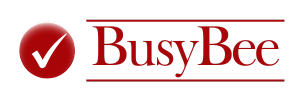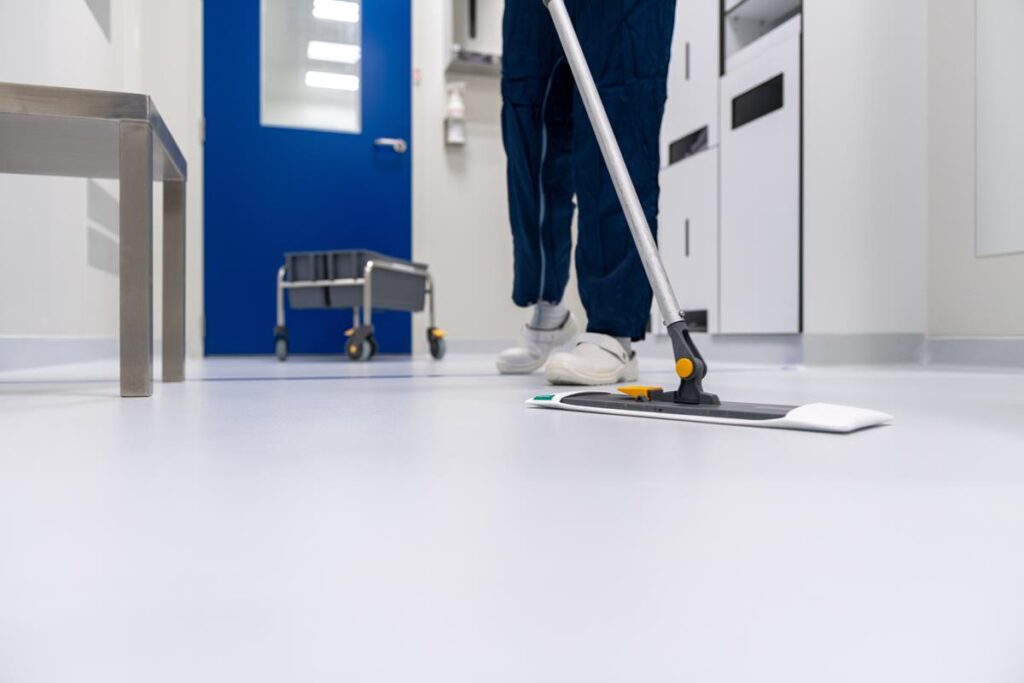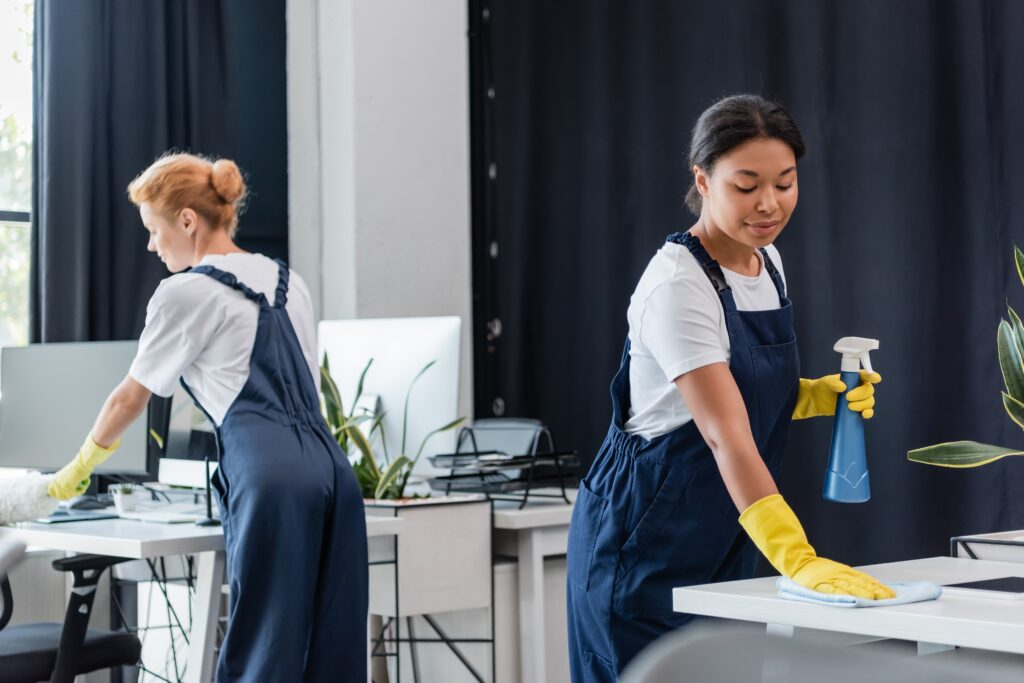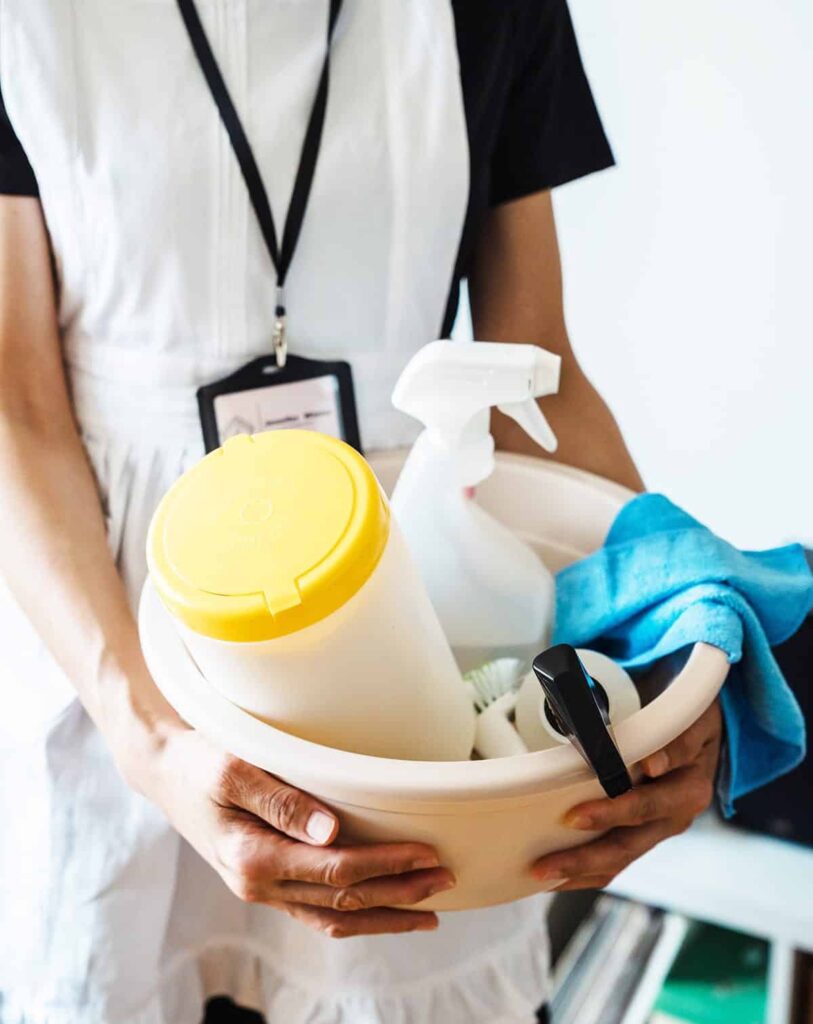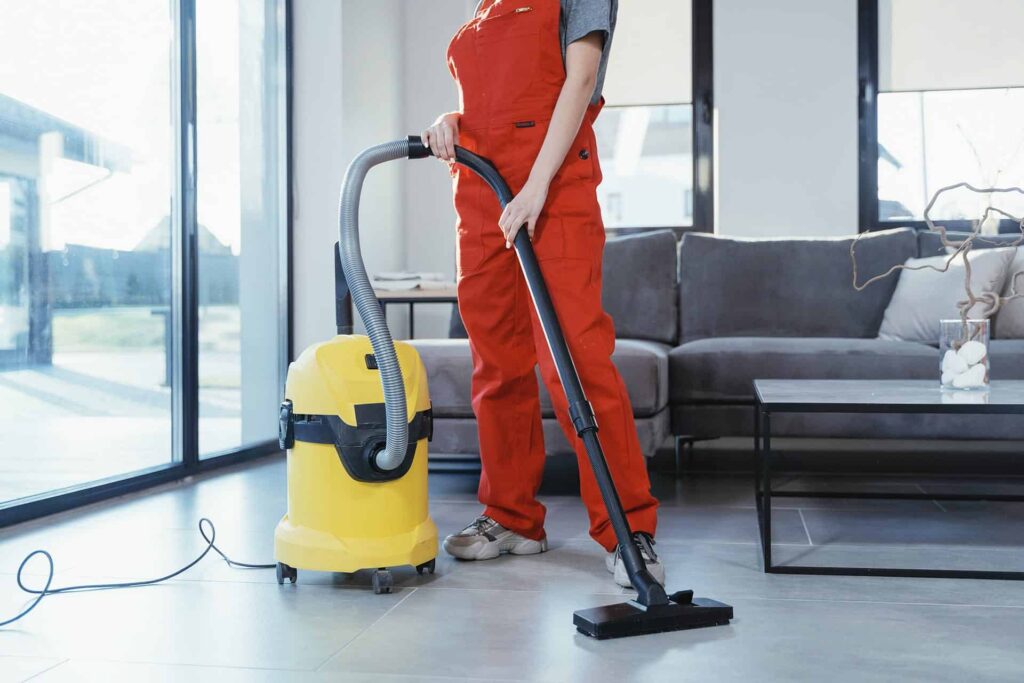A Guide to Safely Cleaning Away Molds
A Guide to Safely Cleaning Away Molds
Written by:
Mold is a potentially serious hazard that plagues living spaces around the world. When there is moisture on surfaces in the home, the conditions are ripe for mold to grow rapidly. In addition, mold emits spores into the air, which people can breathe in, which can lead to moderate, severe, or even fatal health problems. It can grow on many surfaces, particularly food, carpets and underlying padding, and common wood-based building materials such as drywall or plywood. It can also thrive in or around pipes as well as spread into ventilation ducts, along walls and ceilings, and behind wallpaper. The most efficient way for mold to take hold and thrive is for a home to suffer some form of water damage, such as leaky pipes or damage from flooding. The combination of poor ventilation and high humidity are other factors favorable to mold growth inside a house. In general, spores require warmth, nutrients, moisture, and only 24 hours of time to form a new colony of mold. For these reasons, it’s important that people understand what molds are most commonly a threat in homes and how to safely clean and remove them.
Mold is a type of fungus, and it comes in a variety of forms, both visible and unseen. The most common types of mold that can plague a house are Aspergillus, Alternaria, Cadosporium, Penicillium, and Stachybotrys chartarum. Aspergillus is a type of mold that prefers to grow on food but can also thrive in an air conditioning system. It causes allergic reactions and in extreme cases can cause aspergillosis, an infection that can in rare cases lead to lung problems or even widespread organ damage and death. Alternaria mold is allergenic in nature and can result in asthma or hay fever. It is also hazardous to people with immune system problems, such as those suffering from AIDS. Cladosporium spores can infect the lungs and sinus areas and can aggravate asthma or other respiratory problems. Penicillium spores can aggravate hay fever and asthma and can also spoil food. Some species of penicillium may also produce mycotoxins, which can cause damage to the kidneys and even cancer. Penicillium chrysogenum is the subspecies most commonly found in houses. Stachybotrys chartarum, which is often popularly referred to as “black mold” or “toxic mold,” is commonly blamed for producing mycotoxins that cause pulmonary hemorrhage in babies. These claims are controversial, however, and the Centers for Disease Control and Prevention suggest that S. chartarum should be treated like any other mold when it comes to removing it from a home.
If a home has mold present, it must be removed correctly to contain its spread and protect the safety of the person removing it. Homeowners should keep in mind that in some cases, materials covered with mold cannot be salvaged by cleaning and it will be necessary to remove and replace them. This is particularly true of porous materials such as drywall and carpeting. Homes with significant amounts of mold may require the services of a professional. When it comes to removing mold from the home, start with finding and eliminating the source of moisture. This may be a leaky faucet in need of repair or high humidity in the home. The right cleaning materials and safety gear are of primary importance. Cleaning materials include ammonia-free soap or detergent, bleach, water, a stiff brush, sponges, buckets, and a measuring cup. Protective gear includes rubber gloves, an N-95 respirator mask, eye goggles, and a long-sleeve shirt.
Start cleaning the moldy area by combining the cleanser with hot water. Using the stiff scrub brush, scrub the detergent over the surface of the moldy areas. Rinse with clean water and remove any excess water. Bleach, while not always necessary, is an option that helps to further sanitize the area. One may consider using bleach if scrubbing does not fully remove signs of mold. Bleach should never be mixed with other cleaning products, such as ammonia, to avoid a chemical reaction. Prior to using bleach, windows in the home should be opened for ventilation purposes. Pour approximately 1 gallon of water into a bucket and add 1 cup of bleach. After the area has been cleaned, use a sponge to thoroughly wipe down the area with the bleach solution and let it soak in for 5 to 15 minutes. Use clean water from a second bucket to rinse away the bleach solution and allow it to dry completely. After cleaning the mold, remove the gloves, goggles, and face mask. Clothing worn while cleaning should immediately be laundered using the washing machine’s hot water cycle.
Types of Mold
- Stachybotrys chartarum
- Mold: Basic Facts
- Common Types of Mold in Homes
- Environmental Health Topics: Mold
- Mold
Risks
- Indoor Molds
- Healthy Indoor Air: Mold
- Health Effects of Airborne Toxigenic Fungi (PDF)
- It’s Dark, it’s Dangerous, and it’s Alive: Mold Can Cause Serious Health Problems
Materials for Cleaning Mold
- Cleaning Mold From Your Home
- Dealing With Mold and Mildew in Flood-Damaged Homes (PDF)
- A Brief Guide to Mold, Moisture, and Your Home
- Cleaning Mold, Mildew, and Bacteria (PDF)
- Steps for Cleaning Mold (PDF)
- Mold in Your Home: Cleaning Options
How to Use Cleaning Materials to Remove Mold
- Mold Remediation Guidelines
- Removing Mildew
- Mold Cleanup Procedures
- Keep it Clean: How to Clean Mold
- Washington State Department of Health: Molds
